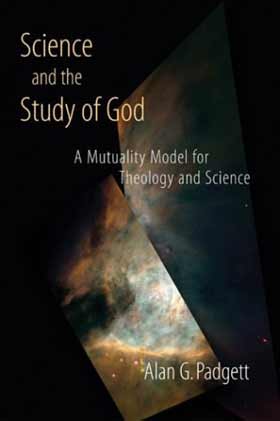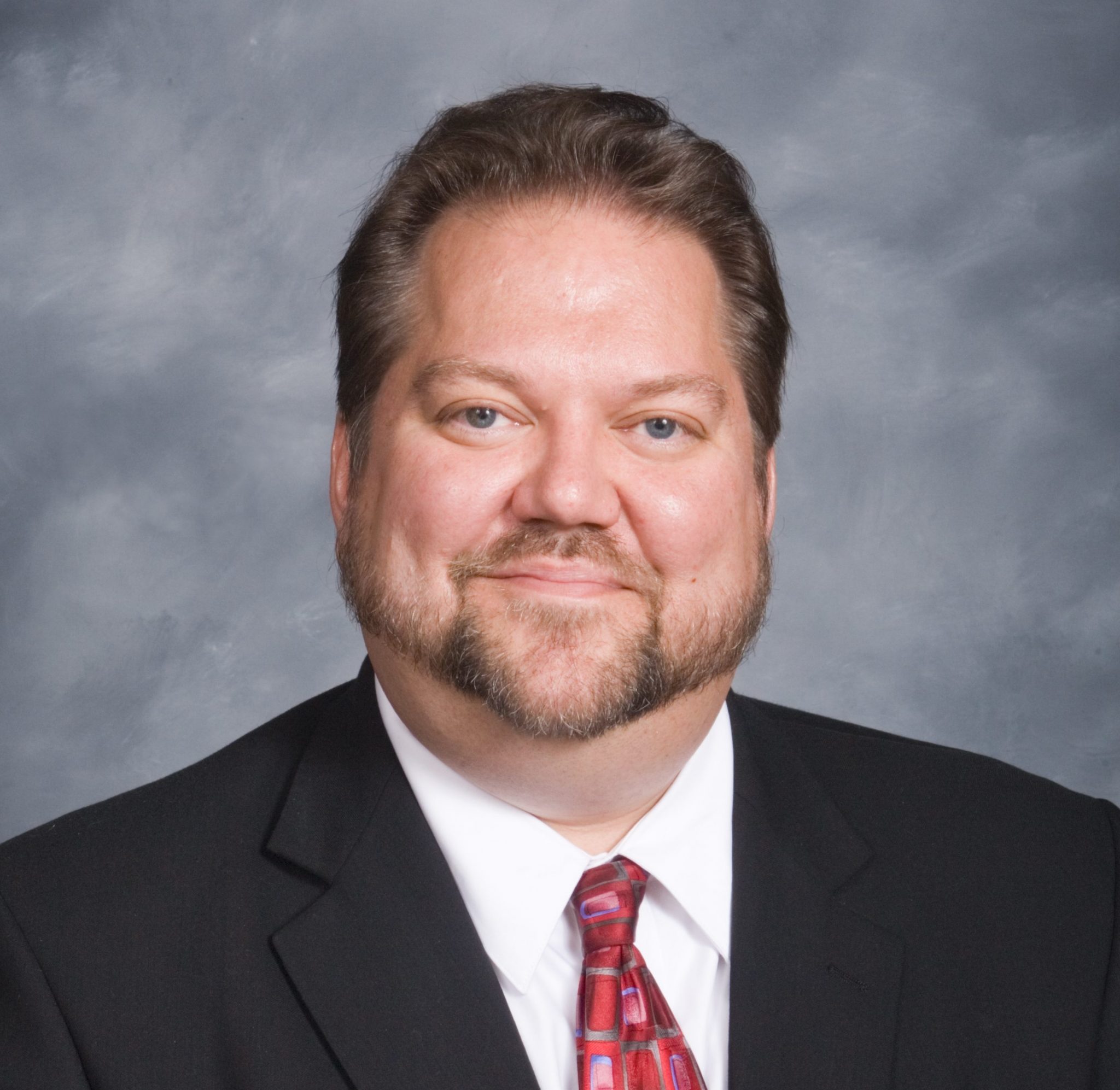Having recently published a book that ponders the relationship between theology and science, I can attest to what perhaps many writers in this field feel: namely, I wish I had written my book about five or ten years earlier, before the current explosion of interest in this subject! As it is, the plethora of titles now available means that even those interested in reading more about faith and science will likely choose just one or two books, being forced to leave the vast majority of other titles off to one side. But in this teeming field of works, Alan G. Padgett’s new volume, Science and the Study of God: A Mutuality Model for Theology and Science, is most worthy of attention.
Padgett, a professor of systematic theology at Luther Seminary, is a prolific writer on science and theology. This book is mostly a compilation of previously published essays and articles, all re-worked to contribute to this single volume.  At times some of the seams show through as the interconnections among the various chapters are not always glaringly obvious, but in general these essays do add up so as to advance Padgett’s central thesis.
At times some of the seams show through as the interconnections among the various chapters are not always glaringly obvious, but in general these essays do add up so as to advance Padgett’s central thesis.
As the subtitle suggests, Padgett believes that science and theology can and must talk with one another and contribute to one another’s thought in what he calls a collegial kind of relationship that works under the rubric of a mutuality model. The collegial metaphor suggests the notion that scientists and theologians will respect one another as valid practitioners in valid fields of inquiry. Just as a university English professor will see herself as a full academic colleague of a mathematics professor in that same university (despite the vast differences between English and mathematics), so also scientists should show collegial respect for theologians (and vice-versa). The mutuality portion of the model, however, is Padgett’s attempt to recognize that although science and theology are both legitimate modes of inquiry into reality, each field operates in a significantly different manner. What counts as evidence in one field might not necessarily count as evidence in the other, but these differences of criteria and methodology are no reason for either science or theology to reject the other. The two fields can influence each other and talk together and even build bridges to one another yet, in a spirit of mutuality, without suggesting that either discipline should try to change the other’s methods.
Padgett comes to this model of interaction largely because of the nature of Christian theology itself. The worldview espoused by the Christian faith insists that we recognize the fact that insofar as science is investigating what Christians claim is God’s vast and supple creation, we must admit that the cosmos in which science is interested is the very same cosmos in which theology is interested. Proceeding from this basic stance, Padgett uses the first two of this book’s nine chapters to further develop the collegial metaphor of mutuality and to then sketch what he terms “dialectical realism” in both science and theology.
He begins by swiftly rejecting the traditional notion that there is some inherent conflict between theology and science and then deepens the reasoning behind this rejection by probing the nature of explanation in science and also theology. Because both fields seek explanations that will help to make sense of phenomena encountered in the wider (but same) world, each discipline can learn from the other, albeit in nuanced ways–that is to say, a scientific explanation of this or that facet of reality may well be useful to those who work in theology. However, a theologian will likely pass the scientific explanation through a theological or spiritual filter first. That is to say, a theologian may put a certain “spin” on science–a way of framing the science that may not be scientific per se but that will be legitimate in order to frame the matter theologically. But this theological appropriation of science is legitimate and need not be deemed by scientists as an improper use of their work. Padgett’s use of the term “dialectic” in the second chapter attempts to show that any given field of inquiry (including sub-specialty fields under the larger umbrella of science) will always view any given facet of reality from a single, limited point of view. A dialectic between and among various disciplines and sub-disciplines is the natural way by which we cobble together a coherent, larger, and more unified picture as each respective field chips in the various pieces of that larger picture.
As Padgett puts it, “If there exists a world, independent of human experience, then our worldview should be aimed at understanding that world as fully as possible. For this fuller understanding we need all the disciplines of the university, including the human sciences and theology. We will expect greater coherence in our worldview because we believe that at bottom there is one reality, which is whole and connected” (30).
These, then, are the broad parameters of Padgett’s basic stance. From this viewpoint Padgett also interacts with questions arising from the search for a “purely historical Jesus;” he dialogues with process theology; and he argues for the proper place of theological inquiry in the postmodern university. At times some of these topics seem to be only generally related to the collegial relationship of mutuality that is this volume’s core thesis, but on the other hand the reader can see how Padgett is working out some of the larger ramifications of his main idea.
Padgett also presents what he calls a couple of test cases to see how well mutuality works on some specific intersections of science and theology. The chapter “Theology, Time, and Thermodynamics” and the chapter “Incarnation and Historical Science” give Padgett an opportunity to put his theory into action. The results are stimulating and suggestive, although this reviewer was a bit disappointed that Padgett dealt quite quickly with the dimension of time, not engaging one of the twentieth century’s single most revolutionary ideas where time is concerned: the relativity discovered by Einstein. The notion that time is not a mere convention but an actually existing dimension that can be influenced by motion has rich theological possibilities, but many of these were not explored here (oddly, Einstein is not even mentioned in the chapter dealing with time).
But these are minor quibbles. In general Padgett presents readers with an accessible volume that scores many excellent and utterly necessary points if the relationship between science and theology is to be strengthened in just the way many of us hope will happen. Although portions of this book are a bit philosophically rigorous, Padgett reserves his most technical philosophical work for an appendix on informal inference. This allows the body of the book to flow well for most readers. And for those of us who are invested in this ever-burgeoning topic, Alan Padgett should be thanked for his ongoing contributions to what may become one of the twenty-first century’s most vital points of theological discussion.

